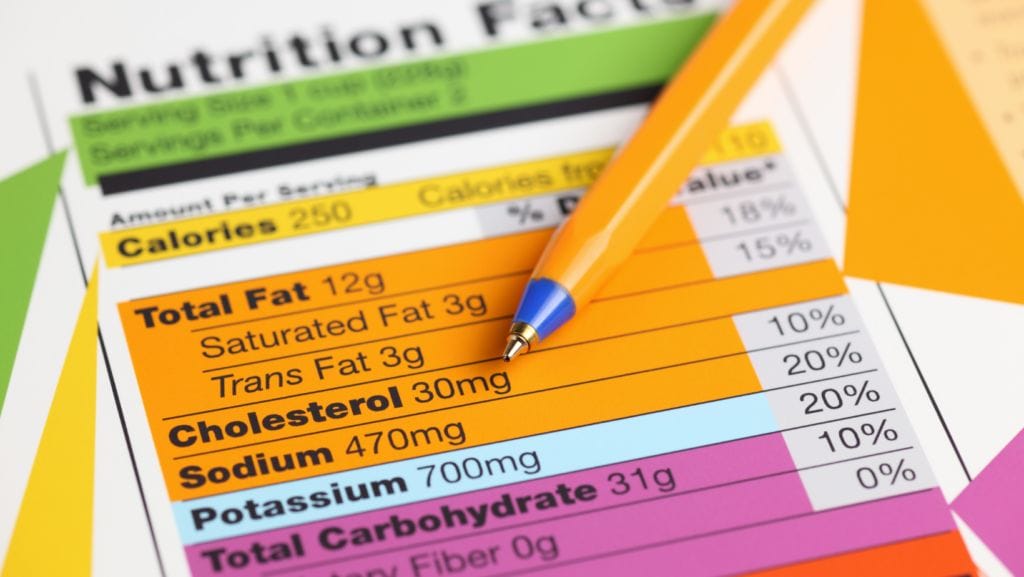Eating healthy can be confusing and difficult with so many food choices and conflicting information. One of the most important tools for making informed decisions about the foods you eat is the nutrition label. However, it can be overwhelming to decipher all the information on a nutrition label. In this blog post, we’ll go over how to read nutrition labels and some red flags to look out for.
Serving size
The serving size is the first thing you should look at on a nutrition label. All the information on the label is based on one serving size, so it’s important to make sure you know how much that is. Sometimes the serving size is not what you would expect, so pay attention to the serving size and how many servings are in the container.
Calories
Calories are a measure of how much energy is in a serving of food. If you are trying to lose weight, it’s important to keep track of the calories you consume. The number of calories in a serving is listed on the label.
Nutrients
The nutrients listed on a nutrition label are important for good health. Pay attention to the amount of fiber, vitamins, and minerals in a serving. Most people do not get enough fiber in their diet, so look for foods that are high in fiber.
Fats
There are three types of fats listed on a nutrition label: saturated fat, trans fat, and unsaturated fat. Saturated and trans fats are considered unhealthy fats, and it’s important to limit them in your diet. Unsaturated fats, on the other hand, are considered healthy fats and can be beneficial for your health.
Sugar
Many processed foods have added sugar, which can be unhealthy if consumed in large amounts. Look for foods with little to no added sugar. Sugar can also be listed under different names, so be on the lookout for ingredients like high-fructose corn syrup, cane sugar, and dextrose.
Sodium
Sodium is an essential nutrient, but too much can be harmful to your health. Most processed foods contain high levels of sodium, so it’s important to keep an eye on the sodium content in the foods you eat.
Red Flags
There are several red flags to look out for when reading a nutrition label. If a food contains a lot of saturated and trans fats, added sugars, or high levels of sodium, it’s best to avoid it. Additionally, be wary of foods that list a lot of ingredients, as this can be a sign that the food is highly processed and may contain unhealthy additives.
Nutrition labels are an essential tool for making informed decisions about the foods you eat. By paying attention to the serving size, calories, nutrients, fats, sugar, sodium, and red flags, you can make healthier choices that will benefit your overall health and well-being.

